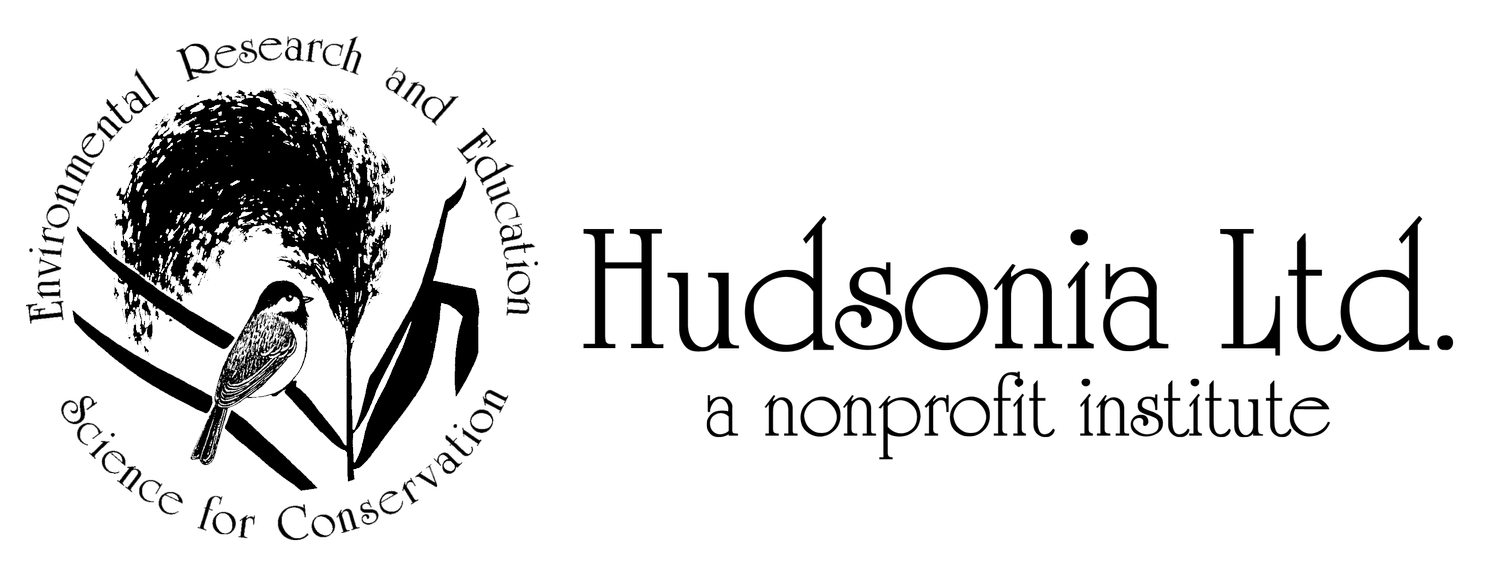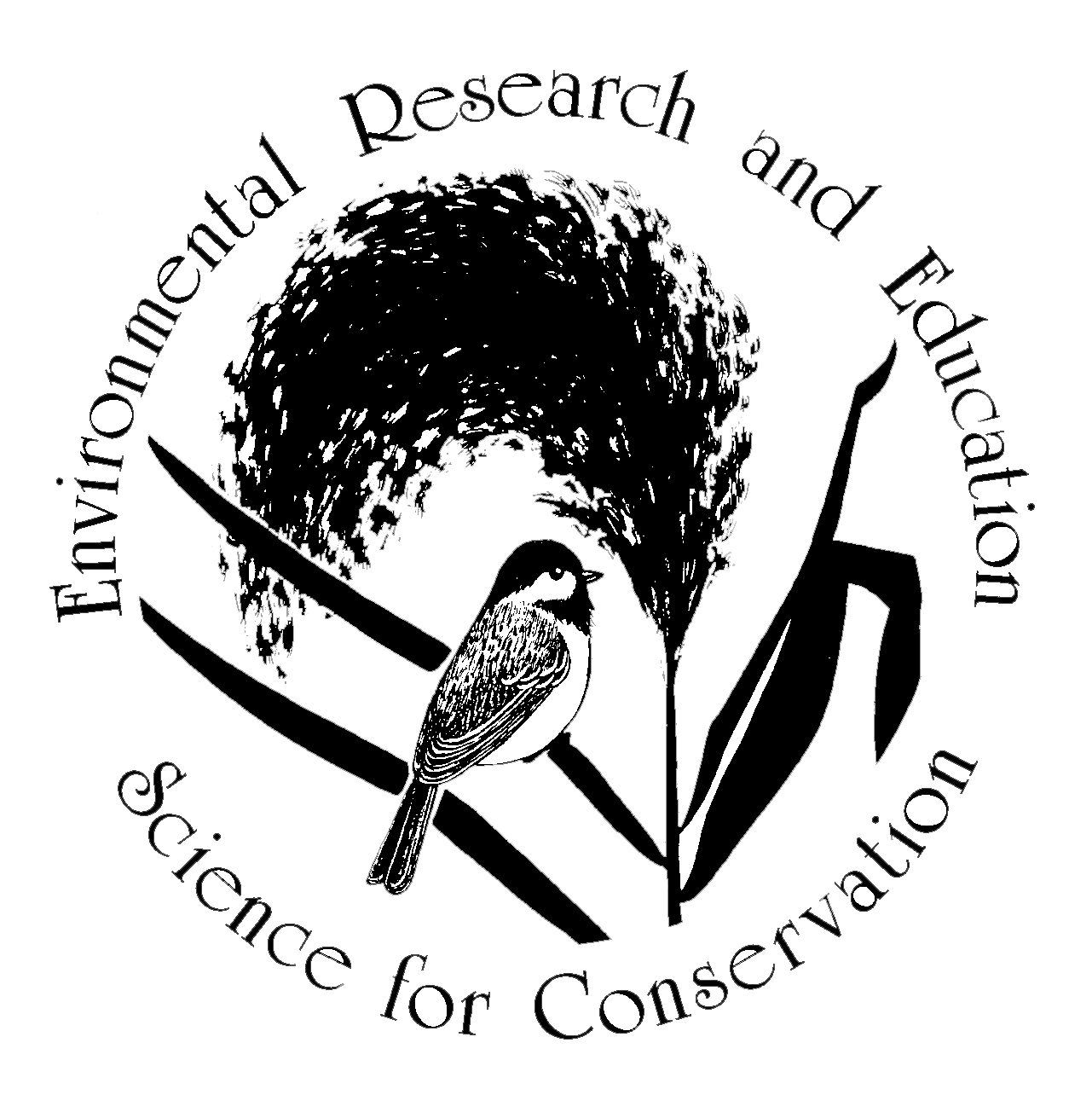Wood Turtles & Ag - Now Published
November 2024 - In collaboration with Jason Tesauro Consulting, as of fall 2024, we have completed our sixth season of radiotracking wood turtles at a local organic farm and analyzing how they are exposed to farm hazards. Farm equipment-related mortality is associated with wood turtle feeding, thermoregulating, and reproductive behaviors and with certain weather and streamflow conditions.
Our first paper on this study, Wood Turtle Habitat Use and Agricultural Mortality at a Farm Landscape in Eastern New York (Tesauro et al.) has been published by Northeastern Naturalist in Special Issue 12 (2024; Biology and Conservation of Emydine Turtles). Please be in touch to inquire about accessing the full article.
This project is part of The Applied Farmscape Ecology Research Collaborative [AFERC]. AFERC is co-coordinated by Hawthorne Valley Farmscape Ecology Program and the Hudson Valley Farm Hub.
Abstract
To seek ways of reducing on-farm mortality of Glyptemys insculpta (Wood Turtle), we conducted radiotelemetry for 4 years at an intensively farmed river valley in eastern New York. We documented farm-related mortality of Wood Turtles, which was mostly associated with the use of a roller-crimper tractor implement on cover crops planted in organic legume and maize fields. In places where there were larger areas of the favored terrestrial forb-shrub thicket between stream channel and cropfields, the turtles were less likely to move into hazardous cultivated areas. Turtles were more likely to move into those hazardous areas during nesting forays, when summer temperatures were high, at times of high flows caused by reservoir releases, and when crossing cropfields from overwintering habitats to active-season habitats. Nesting occurred in a disused gravel pit, on gravel bars, and in cropfields.

